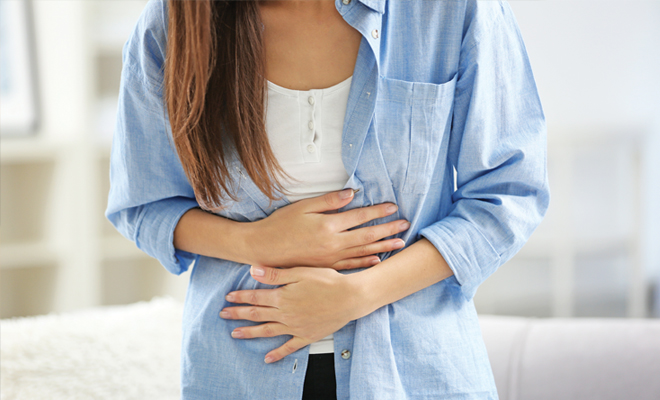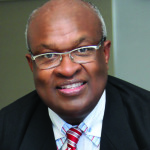
Understanding Endometriosis
What is endometriosis?
Endometriosis is one of the most common gynecological disorders, affecting an estimated ten percent of women in the reproductive age group, usually 15 to 49 years old. It is the second-most common gynecological condition after fibroids. Endometriosis is hormone mediated and is associated with menstruation. It is the presence of the lining of the uterus, or womb, outside the uterus. It affects at least five million women of reproductive age in the United States alone and the precise cause is not known.
What are the symptoms and signs of the disease?
A great masquerader with a variety of symptoms and signs mimicking other causes of chronic pelvic pain, this is a long-term condition causing pelvic pain. Lasting six months or more, it causes pelvic pain, painful periods in 50 to 90 percent of cases, painful intercourse and subfertility. The pain can be unpredictable and intermittent throughout the menstrual cycle, or continuous. It can be dull, throbbing or sharp and may be aggravated by physical activity. Endometriosis presents a diagnostic and clinical challenge, with many women left undiagnosed, often for years. Small observational studies have reported delays of 4 to 11 years in diagnosis, which can result in decreased quality of life and disease progression. The reason commonly cited is that endometriosis is not usually high on the list of differential diagnosis for chronic pelvic pain in the primary care setting. Specific symptoms and signs include chronic pelvic pain present for more than six months; period-related pain, known as dysmenorrhea, affecting daily activities and quality of life; deep pain during or after sexual intercourse; period-related or cyclical gastrointestinal symptoms, in particular painful bowel movements; period-related or cyclical urinary symptoms, in particular blood in the urine or pain passing urine; infertility in association with one or more of the above.
What do women who suspect endometriosis need to know?
I inform women with suspected or confirmed endometriosis that keeping a pain and symptom diary can aid discussions. I also offer an abdominal and pelvic examination to women with suspected endometriosis to identify abdominal masses and pelvic signs, such as reduced pelvic organ mobility and enlargement, tender nodularity in the posterior vaginal fornix and visible vaginal endometriotic lesions.
What are the treatment options?
Hormonal treatments for endometriosis suppress menstruation and reduce pain. They are contraceptive pills but have no effect on subsequent fertility after discontinuation. Other medications include non-steroidal anti-inflammatory drugs, second-line progestins, gonadotropin-releasing hormone (GnRH) agonists and antagonists, Danazol and aromatase inhibitors. When these first-line treatments fail to control the pain or are poorly tolerated, laparoscopy should be considered. This surgical procedure can be both diagnostic and therapeutic and is offered to women who do not respond to medical therapy or who have recurrent symptoms.
Can women with endometriosis get pregnant?
Infertile women with endometriosis are not candidates for hormonal suppression as this prevents pregnancy and does not improve fertility. Surgical management is first line if fertility is a priority. Treatment is multimodal, involving a combination of expectant management, surgery and assisted reproductive technologies. The management of endometriosis-related subfertility should have multi-disciplinary team involvement with input from a fertility specialist. This should include the recommended diagnostic fertility tests or pre-operative tests, as well as other recommended fertility treatments such as assisted reproduction. ■
Complete Women’s Care of Clifton Park is located at 2 Emma Lane, Suite 202, Clifton Park, New York. For more information, visit cliftonparkobgyn.com or call 518-881-1888.
Dr. William Anyaegbunam, owner of Complete Women’s Care of Clifton Park, holds a bachelor of science in biological sciences from Indiana University in Bloomington, Indiana, and an MD from the Royal College of Surgeons in Dublin, Ireland. He completed his OB/GYN residency at the Royal Liverpool University Hospital in Liverpool, United Kingdom, and he is a British board-certified member of the Royal College of Obstetricians and Gynaecologists, based in London, United Kingdom.








